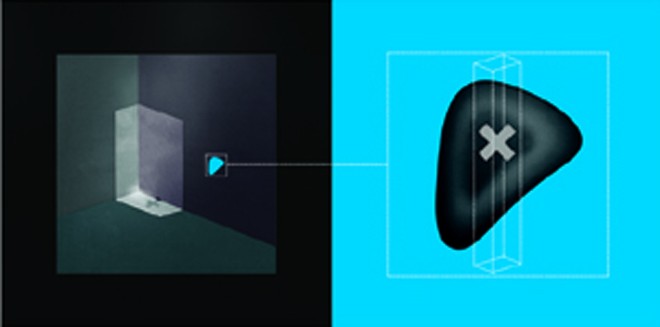
Imran Mir Art Foundation begins with some lofty aims including an award for the most promising artist

Contemporary art is like a proverbial elephant ‘discovered’ by a bunch of blind people, each touching a different side and basing his opinion on what he was able to lay his hands on. Most art critics are like those blind men who have formed opinion about the art of their times but who, over a certain period, have had to change their views. This is nothing embarrassing in the realm of art where each passing day affirms the uncertainty of one’s ideas, opinions and positions. A scheme of thing that can be illustrated by the title of an article in Art News many years ago: "A person, who does not change his mind, does not have one".
Thus one finds revisions, contradictions and paradoxes in the writings and judgements of art critics. This change of heart is mainly possible because of the artist who leads the new way of thinking; a critic if he is open in his approach adapts to this new thinking, otherwise he becomes outdated, stubborn and irrelevant. There have been numerous examples from art history where commentators on art were proven insufficient in their understanding of art. No one remembers who the art critics were in the times of Monet and Cezanne.
The artist as a visionary opens up new possibilities; and the critic -- in the words of George Steiner -- always follows. This is the situation in Pakistan, too, especially with reference to the works of some artists, particularly Imran Mir. One can imagine the confusion and frustration produced by Mir’s work among some art critics. Generally non-figurative, non-representational and geometrical, along with its formal sophistication and chromatic elegance, his work is not easily read or understood.
Everybody knows Imran Mir was a pleasant and cordial individual but in his art he was not as compromising or considerate. This is understandable because an artist breaks conventions, challenges customs and questions tradition in order to create something new -- which is often so unexpected and shocking that people fail to comprehend it or relate to it.
Artists question the social constructs and pursue their personal solutions and visions, often in contrast to a culture’s expectations and appreciations. Mir was a loving husband, affectionate father, sincere friend and helpful colleague but, in his work, he moved against the prescribed role of an artist in our society. Perhaps his greatest achievement was to avoid the temptation of culture. This does not mean forsaking one’s language, religion, rituals, place of origin and fellow citizens; it means evading the public demand to represent culture as a commodity in a direct, obvious and excessive manner.
Examples of this abound in our surroundings -- ranging from calligraphy to landscape, miniature to popular urban or transport art, appropriated and assimilated in various ways and with some great works of imagination and originality emerging out of these pursuits. But by and large our society expects the artists to respond to their culture, in order to present and thus preserve it. An expectation fulfilled by most artists at some point of their careers where they are tempted to pick culture as their source of inspiration and mode of expression.
Not Imran Mir. His work can be defined at another level; his decision of focusing on the essence of art, through geometry dealing with formal concerns in a complex scheme, offers us anther option. That an artist can sever the link with his background and focus on the purity of art alone.
As one of the leading fiction writers of our times stated that freedom is not about what to choose, it is about what not to choose. In that sense, Imran Mir enjoyed a great degree of freedom, because he did not pick easily recognisable imagery which a majority can relate with. Although he lived and worked here, his work is not confined to his identity as an artist from Karachi, Pakistan or South Asia. Like wind, rain and sunshine, which have some local effects and impact, but can not be contained or categorised in a national or cultural boundary, his art also defied the confines of cultural identity. It may have been produced in South Asia, in Pakistan, in Karachi but it belongs to a larger world with includes not only his immediate surroundings, but different regions and distant practices.
This aspect may appear not so significant at other places, but here in the name of culture some social and religious narratives are held as sacred (like heritage and tradition). If these norms or normal choices did not allure an artist like Imran Mir, his was a vision that surpasses temporary connection.
Looking at his work, one is aware of his quest for truth; and it is with his work that we are reminded of not one truth but many truths. Imran Mir sought that truth all through his life by his constant commitment and continued engagement with art. After him, his family and friends have launched the Imran Mir Art Foundation on July 23, 2015. This "… foundation will encourage and support a broader understanding and experience of Imran Mir’s art, as well as promote and foster innovative artistic expression and art criticism in Pakistan through various engagements with artists, designers, curators, researchers and academics globally".
As a first step towards fulfilling these aims, Imran Mir Art Award for most promising emerging artist has been announced. One hopes the Foundation will create more bridges -- between the painter and his audience, between different disciplines of creative practices, and most importantly the much-needed bridge between art and society.